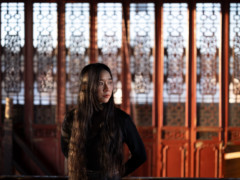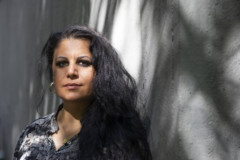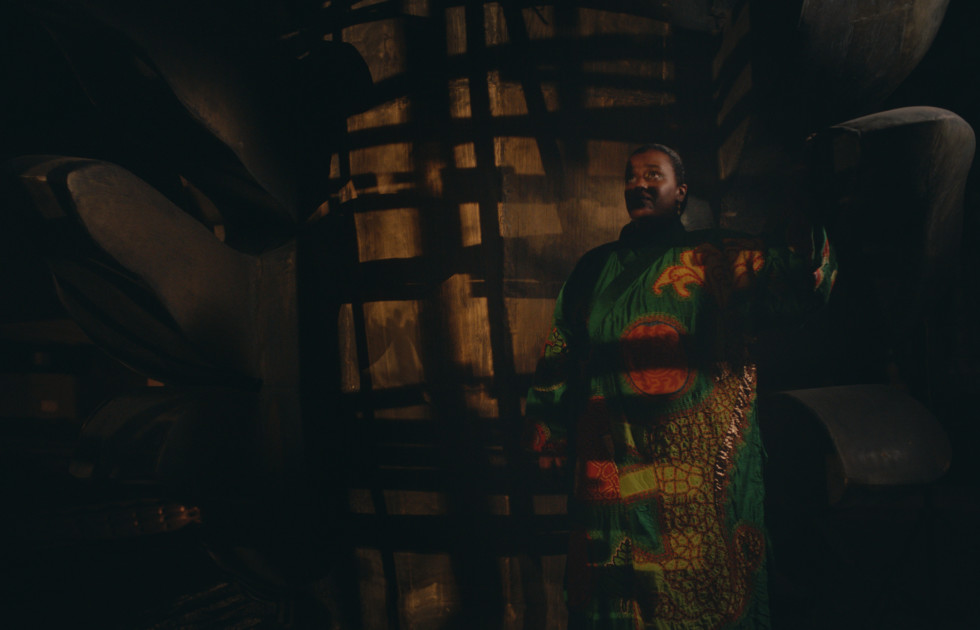
Begin Again, Begin Again
Lap-See Lam with Kholod Hawash
Stockholm, 8.5 2025 – 17.8 2025
In her work, Lap-See Lam (born 1990 in Stockholm) explores Cantonese cultural heritage and her own family history. In immersive installations and films, she combines traditional Cantonese storytelling with today’s advanced film, 3D and animation technology.
In the dim light of the exhibition room, the audience is met by her evocative half-hour film “Floating Sea Palace”, which is projected onto a thin screen, surrounded by a structure of bamboo pipes.
Textile artworks by Kholod Hawash (born 1977 in Basra, living in Finland) hang from the bamboo pipes. The embroidered quilted costumes are also worn by the characters in the film.
Growing Suite and the Dragon Ship
The film installation is the latest work in Lap-See Lam’s growing suite about shifts in meaning that occur when people, lineages, symbols and objects are moved from one place to another, from one context to another.
The story, like several of her works, takes place in and around a Chinese dragon ship, where past and future merge, legends and actual events are intertwined, dreams and reality become one.
The three-story ship, which really exists, was built as a large floating restaurant in the early 1990s. It later became a rather busy entertainment palace, served as a ghost ship at the Gröna Lund amusement park and was then anchored in a port in Stockholm’s northern archipelago.
Lo Ting and the tormented Fish People
The main character in “Floating Sea Palace” is Lo Ting. A mythical figure from Cantonese folklore who is half human, half fish, and is said to be the ancestor of the people of Hong Kong. In Lap-See Lam’s work he appears in two versions and in two times – the past and the future.
The fateful narrator’s voice belongs to the character Singing Chef. He describes how the Fish People, to which Lo Ting belongs, are caught in nets and tormented by humans. They are exploited as labour on the seabed in search of pearl oysters or are forced to risk their lives for their delicious meat.
In the story, Lo Ting boards a dragon ship, but it becomes a dangerous journey. The ship steers across the turbulent waters of the North Sea, is struck by lightning and sinks to the bottom of the sea. In the accident, Lo Ting is torn in two, man and fish are separated from each other. Incomplete and with a constant longing for his origins, he tries to find his place in a new world and a new time, with a new beginning.
Kholod Hawash’s visual stories in quilting
Kholod Hawash works in the textile craft technique “jodaleia”, which is the Arabic term for quilting or wadding, and “tatreez”, embroidery. Iraqi quilts are traditionally created from recycled textiles that are sewn together by hand, and are used to cover and protect the furniture and walls of the home. In her studio in Helsinki, the process of transferring this unique craftsmanship to others is ongoing.
Kholod Hawash’s visual world is a colourful meeting between the present, the future and the ancient myths of Mesopotamia, as well as animals and nature from the landscape around Basra. The motifs also express a strong feminist conviction and every person’s longing for freedom and the right to decide for themselves over their lives. Stitch by stitch, her detailed visual stories grow, in both winding sequences and in tableaux.
The exhibition includes a selection of the artworks that Kholod Hawash created for “The Altersea Opera” in Venice 2024, including “Pastoral Meadow”, “Magical Seaweed” and “Light of Pearl”. Moderna Museet has purchased five costumes for the collection.
Curator: Asrin Haidari.
The exhibition is shown in Moderna Museet’s new, smaller exhibition space, which covers 144 square metres.
Cast
Past Lo Ting: Bruno Hibombo
Future Lo Ting: Ivan Cheng
Singing Chef: Ping-Kwan Lam
Dragon: Sofia Jernberg
Creative Team
Director of photography: Lisabi Fridell FSF
Technical director and animation: Martin Christensen
Original music and sound design: Marlena Salonen, Linus Hillborg
Sound mix: Linus Hillborg
Note. On 8 of May we will publish installation views from the exhibition.
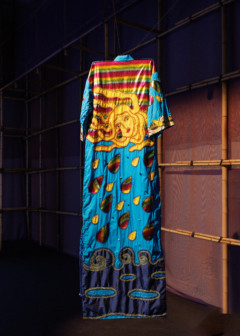
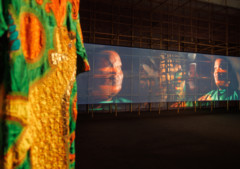
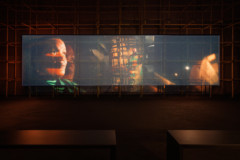
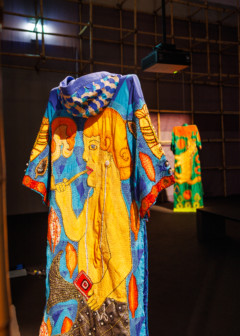
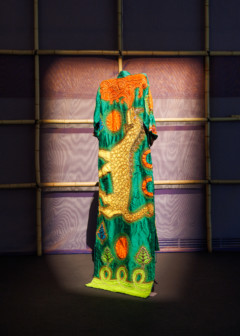
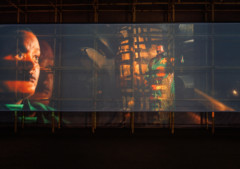
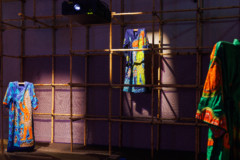
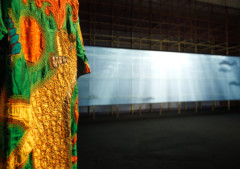
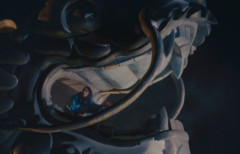
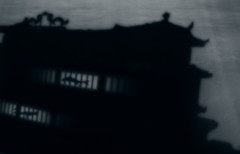
© Lap-See Lam 2025.
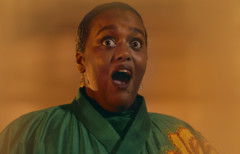
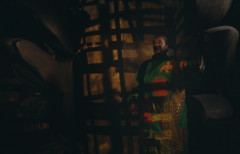
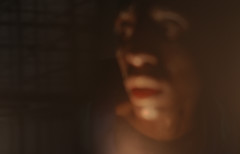
© Lap-See Lam 2025.
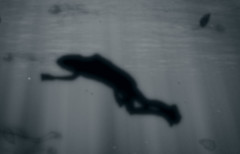
© Lap-See Lam 2025.
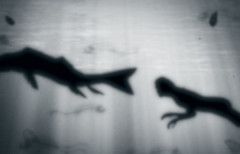
© Lap-See Lam 2025.
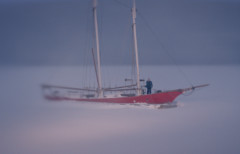
© Lap-See Lam 2025.
